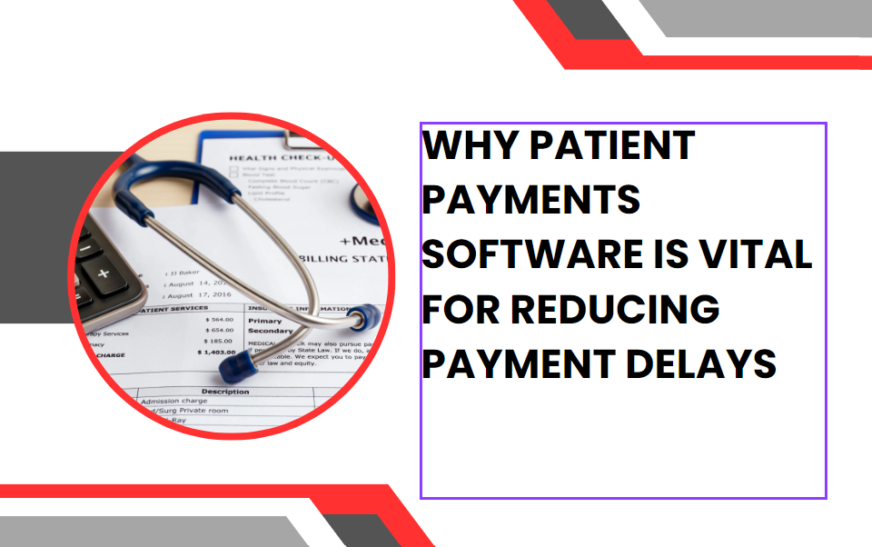Understanding your paystub is crucial for managing your finances, tracking your earnings, and ensuring that you are compensated correctly. A paystub provides detailed information about your earnings and deductions, and learning how to read and interpret it can help you avoid errors and make informed financial decisions. This guide will walk you through how to read and interpret your paystub effectively, with a focus on how tools like a free paystub generator can assist in understanding and managing your pay information.
What Is a Paystub?
A pay stub is a document that outlines the details of your paycheck. It typically includes your gross pay (total earnings before deductions), net pay (the amount you take home), and various deductions and withholdings. The paystub serves as a record of your earnings and helps you verify that you are being paid correctly and that all deductions are accurate.
Key Components of a Paystub
To effectively read and interpret your paystub, it’s essential to understand its key components:
1. Personal Information
Your paystub usually starts with your personal information, including your name, employee ID, and the pay period dates. Verify that your personal details are correct to ensure that the paystub pertains to you.
2. Gross Pay
Gross pay represents the total amount you earn before any deductions are applied. It includes your regular salary or hourly wages, plus any overtime, bonuses, or other earnings. Verify that your gross pay matches your expected earnings based on your employment agreement and hours worked.
3. Deductions
Deductions are amounts subtracted from your gross pay. They can be categorized into several types:
- Taxes: Includes federal income tax, state income tax, and local taxes. The amounts withheld are based on your filing status and allowances.
- Social Security: A federal program that provides benefits for retirees and the disabled. It is a percentage of your earnings.
- Medicare: A federal health insurance program for people aged 65 and older, also based on a percentage of your earnings.
- Voluntary Deductions: Includes contributions to retirement plans (e.g., 401(k)), health insurance premiums, and other benefits.
Review each deduction carefully to ensure they are correct and align with your expectations and benefits enrollment.
4. Net Pay
Net pay is the amount you take home after all deductions have been subtracted from your gross pay. It is the final amount deposited into your bank account or given to you as a paycheck. Verify that your net pay matches your actual deposit or paycheck amount.
5. Year-to-Date (YTD) Totals
YTD totals provide a cumulative sum of your earnings and deductions from the beginning of the year to the current pay period. They help you track your total income, taxes paid, and other deductions over the year. Use YTD totals to monitor your progress toward financial goals and prepare for tax season.
Tips for Reading and Interpreting Your Paystub
1. Verify Your Gross Pay
Start by checking your gross pay to ensure it matches your expected earnings. If you are hourly, confirm that the hours worked and any overtime are correctly recorded. For salaried employees, verify that your salary is accurate according to your employment agreement.
2. Check Deductions Carefully
Review each deduction to ensure that they are accurate and correspond with your benefits and tax withholding preferences. Pay special attention to:
- Tax Withholdings: Ensure that the federal, state, and local taxes are correctly calculated based on your filing status and allowances.
- Benefit Contributions: Verify that contributions to retirement plans, health insurance, and other benefits match what you agreed upon during enrollment.
3. Compare With Previous Paystubs
Comparing your current paystub with previous ones can help identify discrepancies or unexpected changes. Look for variations in your earnings, deductions, or net pay that might indicate an error or adjustment.
4. Address Any Discrepancies
If you find any discrepancies or errors on your paystub, address them promptly. Contact your payroll department or HR representative to resolve issues such as incorrect hours, missing deductions, or miscalculated taxes.
5. Keep Records for Tax Purposes
Maintaining a record of your paystubs is essential for tax preparation and financial planning. Paystubs provide valuable information for completing tax forms and verifying your income and deductions.
How a Free Paystub Generator Can Help
For individuals who need to create or manage paystubs independently, a free paystub generator can be a valuable tool. Here’s how it can assist in understanding and managing your pay information:
1. Create Professional Paystubs
A free paystub generator allows you to create accurate and professional-looking paystubs for personal use or for providing to third parties. By entering your income details and deductions, you can generate a paystub that mirrors those issued by employers.
2. Verify Calculations
Using a paystub generator helps you verify that your income and deductions are calculated correctly. You can cross-check these calculations with your actual paystub to ensure consistency and accuracy.
3. Maintain Financial Records
A free paystub generator can help you maintain organized financial records. By generating and storing paystubs, you can keep track of your earnings and deductions, making it easier to manage your finances and prepare for tax season.
4. Simulate Paystub Scenarios
Some paystub generators offer features that allow you to simulate different pay scenarios, such as changes in salary or deductions. This can help you understand how adjustments will affect your net pay and plan accordingly.
Conclusion
Reading and interpreting your paystub is an essential skill for managing your finances and ensuring that you are paid accurately. By understanding the key components of a paystub and following the tips provided, you can effectively monitor your earnings, deductions, and net pay.
Using tools like a free paystub generator can further assist in managing and verifying your pay information, especially if you are self-employed or need to create paystubs for personal records. Regularly reviewing your paystub and utilizing available tools will help you stay on top of your financial health, avoid errors, and make informed financial decisions.
Incorporate these practices into your routine to ensure that your pay information is accurate and that you are effectively managing your earnings and deductions.

Feel free to submit more guest posts through Links Building Servcies - Best Prices. Buy Author Account / 1$ Guest Post Here




![How to transfer money from Robinhood to bank account? [Steps]](https://hollywoodrag.com/wp-content/uploads/2024/08/Banking-Across-Europe.jpg)



















